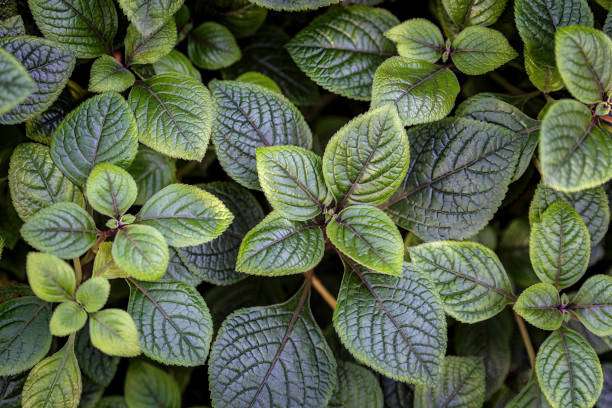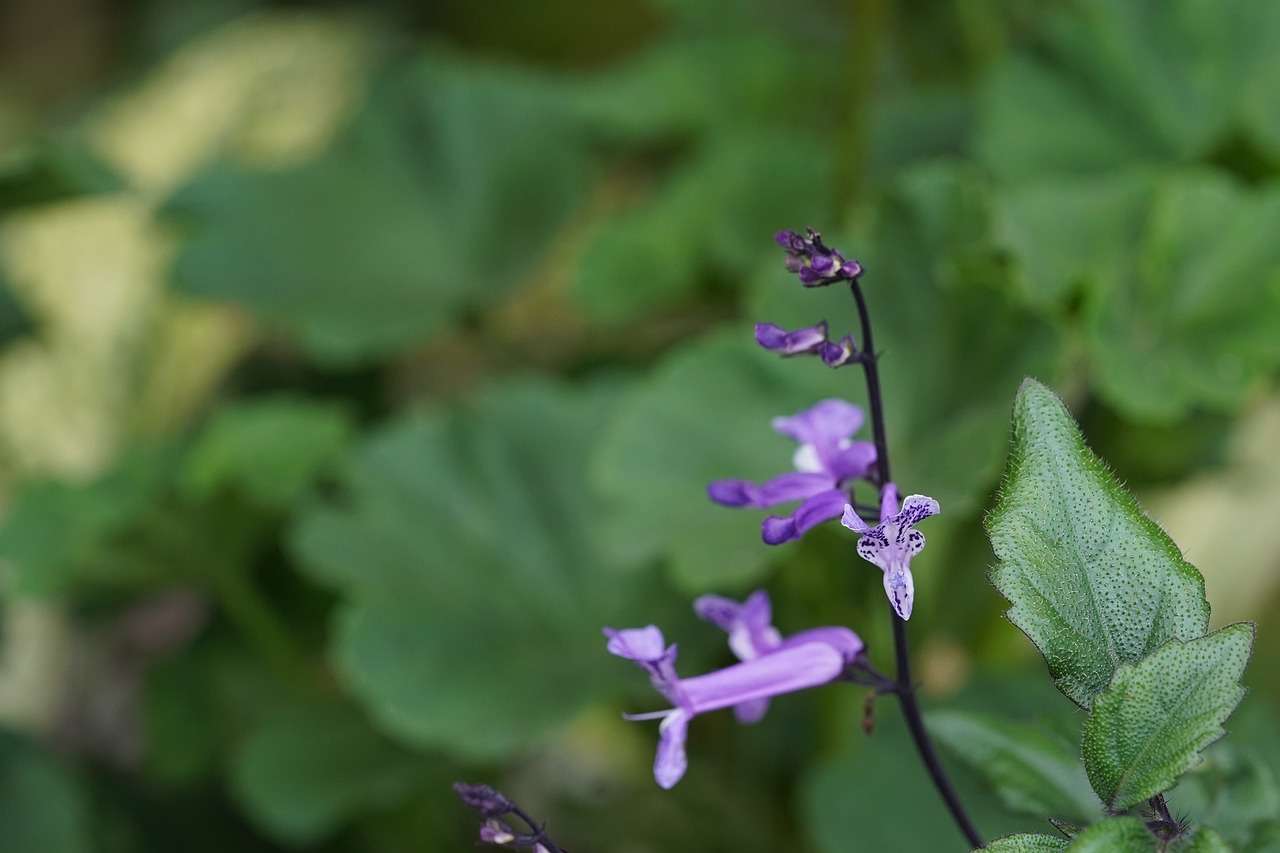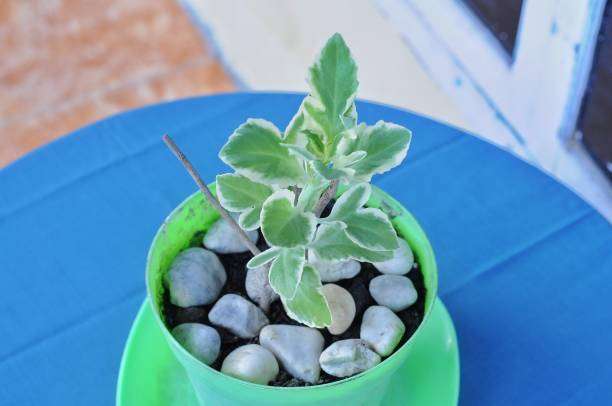Who among us doesn’t love and adore flowers? Also, why should not one love flowers? Flowers are the language of love, feelings, and emotions and are beautiful, vibrant, and multicolored, which makes them attractive. There is a rich diversity of flowers, and among that diversity, one flower is the blue spur flower. In this article, we will delve into the blue spur flower and its benefits, uses and characteristics which are associated with many other things of relevance. Why wait?

What is Blue Spur Flower?
Blue spur is a spirited, adaptable plant that has garnered attention and collects fame in gardens, homes, parks, and lawns worldwide. The said flower is native to tropical Africa. The blue spur flower is known for its stunning looks, magnifying a bounty of small tubular and blue clumps of flowers that make it catchy.
Features:
- Botanical Name: Plectranthus ciliatus
- Genus: Plectranthus
- Species: barbatus
- Family: Lamiaceae (Mint family)
- Common Names: Blue spur flower, Indian coleus, Boldo, Kikuyu toilet paper
- Origin: Tropical Africa.
Other features of Blue spur flower:
- Size: 4 to 5 feet tall.
- Leafage: deep green with 6 to 8 stalks.
- Color: blue to deep purple.
- Runners
- Sometimes considered as invasive
- Perennial shrub
How To Grow Blue Spur Flowers?
Before planting, make sure the following conditions are met: The plant needs the following:
- Soil type: The soil required to grow the blue spur flowers needs to be rich. The flower grows in forests and river banks. So, to mimic such soil conditions, the soil needs to be supplemented with organic content. It helps in checking the over-watering.
- Light: The plant can thrive in full sunlight. However, it should be noted that the plant should be put in a semi-light zone to flourish. For indoor cultivation, the plant should be put in a bright light zone to imitate the natural environment.
- Irrigation: The plant is indigenous to tropical Africa. So it can be deduced that the blue spur flower plant is naturally drought-resistant and needs water occasionally. If you are planting the flower in dry areas, watering is required, but do feed the plant water regularly. Please check the urge to water to prevent overwatering.
- Temperature: The blue spur flower can tolerate a wide range of temperatures. It’s important to keep in mind that the plant can be affected by cold temperatures. If you are living in a harsh, cold region, it is advisable to bring the plant inside in the winter months or use a greenhouse. Thus, it will help you check the damage.
- Fertilizers: the plant is best suited not to use fertilizer frequently. If the soil type that you choose for the plant is nationally void, then add the fertilizer. Otherwise, it is not required. Again, it is advisable to add compost or organic content for good flowering and growth.
Can The Blue Spur Flower Be Grown in Pots?
Yes, this can be done, but it should be noted that the pot you choose should have a good drainage system. Because the plant is not suitable for high-water soil. Excess water can kill the plant. It is recommended that the pot chosen have pores so that excess water can drain easily. This will help the blue spur plant grow smoothly.
Growing the blue spur flower in a pot will also help protect the plant from harsh weather conditions. In such conditions, the pot can be taken inside or put in a greenhouse.
How To Propagate The Blue Spur Flower Plant?
There are three ways the plant can be propagated, which are:
1. Roots method:
The plant is a runner and spreads aggressively. In this method, you can dig up around the plant, cut the spreading node, and plant that at another place without affecting the main plant.
2. Stem-cutting method:
In this method, three steps need to be followed, viz:
- cut the section of stem a few inches in length (use a sharp object).
- Clear the leaves from the cutting.
- Plant the cutting part and plant it in some damp soil; remember to keep the soil moist.
3. Blue spur flower seeds:
The plant can be grown through blue spur flower seeds as well. Sow the seeds in the soil. It usually takes 12 to 15 days for germination, but the germination rate may vary. The soil should be organically rich; add compost and maintain proper moisture and temperature.
If you are planning to grow the blue spur through seeds, then it is better to sow seeds in the early fall or spring.
Blue Spur Flower Growing Zone
If you are thinking of growing the blue spur flower plant, then make sure all the conditions required for its growth are met. Even though the plant is very rarely grown indoors, as already said, it can be grown indoors as well. Provided you pot the plant in a semi-lit place and fill the pot with the required soil. Water the plant when required.
Cultural significance:
Other than its aesthetic appeal, the flower has rich cultural importance in its native region. In the traditional medical branch of South Africa, the plant is used for respiratory and skin conditions. It is believed that the plant has healing properties. It is important to mention here that these clinical properties are rooted in traditional practice. Before you use the said plant for such purposes, seek the advice of a traditional health professional. Although it is free from any side effects.

Blue Spur Flower Benefits And Medicinal Uses:
The following are the blue spur flower medicinal used and benefits:
- Visual appeal: The flower is catchy and attractive. It enhances the beauty of lawns, gardens, etc.
- Blue spur flower medicinal uses: The flower has therapeutic uses, and it is believed that it can be used to alleviate respiratory and some skin conditions. Commonly used for herbal teas to treat heart disease, spasmodic pains, etc. Similarly one of the main plant which has the several health benefits is the duck flower cleanse. This flower helps us to detoxify the body.
- Industrial uses: The extracts from the flower can be used in the perfume industry and the cosmetic industry.
- Low-maintenance plants: For those who want visually stunning lawns and are in search of low-maintenance plants, this flower is the best option.
Blue spur flower as Toilet paper:
The blue spur flower plant is a fun perennial that blooms catchy blue flowers and grows very easily. It is a low-maintenance plant with soft and velvety leaves, thus making it a perfect option for toilet paper. The property’s fast-growing and easily propagating nature through roots and stem cuttings makes it a perfect choice for substitution as toilet paper.
Conclusion
In the treasure of nature’s flowers, the blue spur flower stands out as an essential choice for gardens, parks, lawns, etc. Its features and characteristics are supportive, and it is a very low-maintenance plant. Its vibrant beauty, coupled with its adaptability and cultural knots, makes it a good choice to add to the beauty of our gardens.
Don’t let away the chance and make the spur flower your garden arrest.



